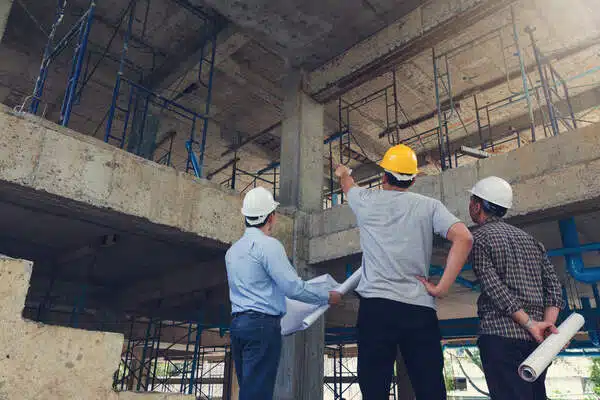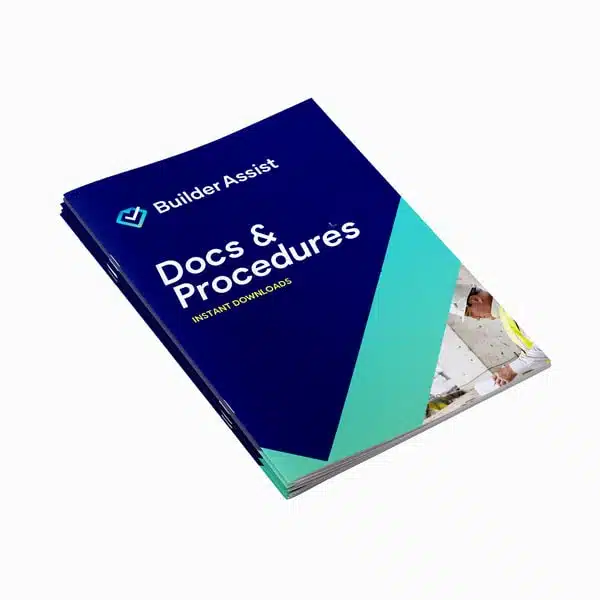
A Construction Management Plan is now a common requirement for larger, more complex developments for most councils in NSW. A Construction Management Plan addresses the impacts a construction zone will have on the surrounding traffic, pedestrians and community, identifying risks, and the management of those risks. Importantly, it must be approved by council before any construction can take place.
If it is determined a Construction Management Plan is required, each council will have specific requirements and conditions of consent that are issued with an approved DA. This can be different from council to council. Builders should liaise with council directly to establish the relevant criteria of the Construction Management Plan required for their development. It’s worth noting that builders should also check the expected duration of the approval process as this can take some time, and affect building timelines.
A Construction Management Plan for NSW is likely to be required if the following applies:
- the number of proposed dwellings is equal to ten or more;
- a basement or substantial site excavation is required;
- the building is three storeys or higher or is associated with an institution;
- is on a main road;
- or if access is complicated.

A Construction Management Plan addresses the impacts a construction zone will have on the surrounding traffic, pedestrians and community, identifying risks, and the management of those risks.
A cohesive and informative Construction Management Plan is critical to council approval and ensures you plan ahead and mitigate any likely risks to the surrounding community, traffic flow and parking, public walkways and flora and fauna on and near the site. It addresses public safety and amenity as well as operating hours, noise, air and dust management, stormwater, sediment control, waste storage and traffic management. For a detailed explanation of what a Construction Management Plan is, check out our blog ‘What is a Construction Management Plan?’
NSW Construction Management Plan requirements list
As is to be expected on projects the size of which will require a Construction Management Plan, the level of detail and planning is extensive. Most Construction Management Plans will include the following. Note, this list is indicative only and will change according to the requirements of the individual development project.
- Site Characteristics
- Site Location
- Proposed Works
- Site Description
- Construction Management
- Protection of Public Assets
- Asset protection
- Stormwater protection
- Control of builders’ refuse
- Sanitary facilities on site
- Storing building material and equipment
- Trees
- Site Signage
- Public Access and Pedestrian Management
- Public/Worker Safety
- Site Security
- Construction Access
- Deliveries
- Construction Vehicle Parking
- Construction Hours
- Traffic Management
- Footpath and Road Lane Closures
- Road Occupancy Approval
- Pedestrian Safety
- Site Setup & Safety
- Site Establishment
- Erosion and Sediment
- Site Amenities
- Fencing
- Demolition
- Shoring systems
- Bulk Earthworks
- Substructure & Inground Services
- Roadworks
- Environmental Controls
- Noise and Vibration
- Airborne Dust Control
- Stormwater and Sediment Control
- Onsite Building Waste Management
- Building Waste on Public Land
- Removal of Hazardous Waste Material
- Heavy Vehicle Movements
The complexity of a comprehensive Construction Management Plan can be time intensive. Our Builder Assist Construction Management Plan template is available to make the process seamless. All you have to do is fill it in, relevant to your project. It acts as a checklist, ensuring that you don’t miss any important information. It’s also possible to download state-specific Construction Management Plan templates to ensure that you are meeting the requirements appropriate for your state.



